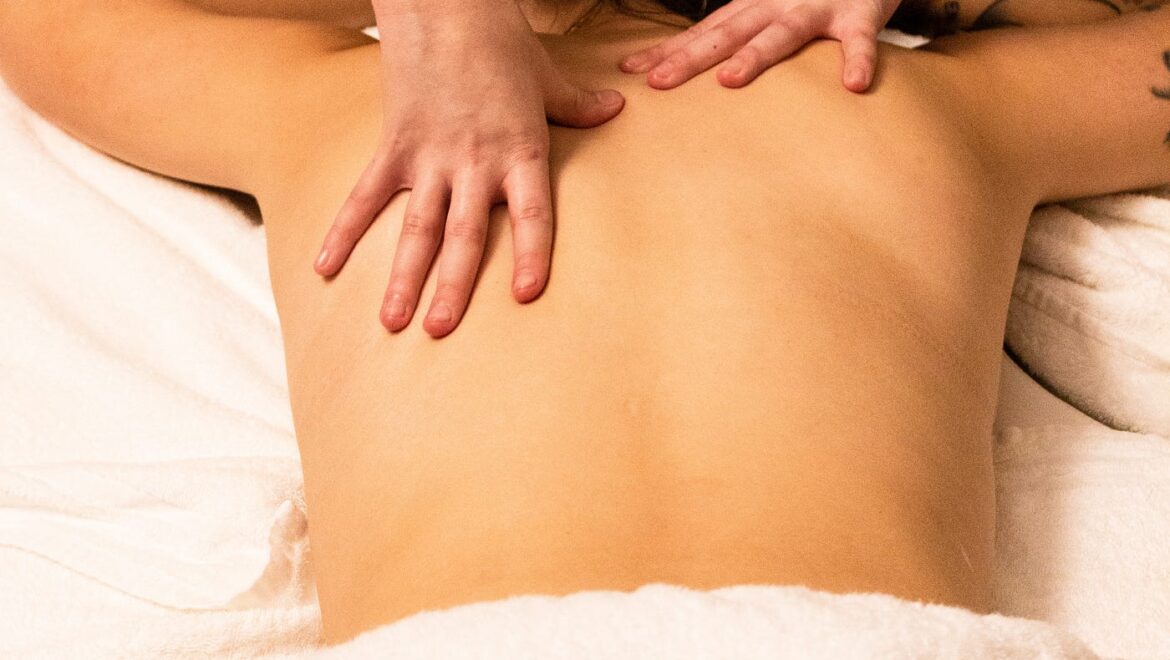Attention Parents: Most of us Violate Buddhism’s Central Tenet…Constantly
I’m not a Buddhist, but I do like its main idea: We suffer in life because we desire things to be a certain way. I think Buddha is right on the mark with that.
The word desire, though, can be a bit misleading because it conjures images of lusting after a woman’s body or craving a nice big piece of apple pie ala mode. That’s only a small part of what Buddha meant by desire.
It’s about preferences, not desires
What Buddhism is really saying, and what Mickey Singer teaches, is that preferences cause suffering. We prefer to get what we want (the promotion, Dom Perignon) and we prefer to not get what we don’t want (getting fired, our boyfriend breaking up with us).
Another way of expressing this is that we cling to what we prefer and resist what we don’t prefer. This is the don’t resist, don’t cling axiom of Buddhism.
Which leads us to the main item on today’s menu: Most parents, myself included, cling to and resist our kids. A lot.
How I resist my kids
How so? We parents are bigger on resisting so let’s start there. These are my own examples.
My teenage son’s hair covers his eyes so I can’t see him half the time.
Me: “You need a haircut!”
Him: “No, it’s fine. I like it.”
He’d wear shorts and a tee shirt to school every day, even when it was cold and raining. I resisted.
He gets a girlfriend. A sweet girl we really like. But not-so-deep-down I’m resisting it because I don’t think having a relationship at age 15 is healthy.
My daughter is lukewarm about playing sports, even though she’s a talented athlete. I resist that because I think she’ll miss out on a lot. She’s far more interested in studying and doing well in school. Many of you are thinking,
“Are you INSANE?! Thank your lucky stars your daughter works hard in school!”
Yes, I am insane. Parenting can have that effect…
My son, on the other hand, is not that interested in his schoolwork, something I resist to the hilt.
We also cling
We also cling to the things we prefer for our kids. Like what?
My son had a great freshman season in lacrosse last year. He was the second-leading scorer on the junior varsity team. It boosted his confidence a ton as it was the first time in his life he’d been one of the top players on any team.
Now I’m worried he’ll either get stuck on the JV team while his peers get bumped up to varsity, or they’ll bump him up to varsity and he won’t get any playing time. Bottom line: I’m clinging to the good year he had and hoping it happens again. Not good. For him or me.
So what should I do? Don’t resist, don’t cling.
There are times when we need to resist
There are obvious caveats to this. If the girlfriend said she wanted them to take off and move to a cabin in Alaska, you bet I’d resist that. Or if my daughter told me she wanted to start a marijuana business…You get the drift.
My point is that most of the stuff we resist or cling to isn’t a big deal. We resist or cling not because of our kids, but because of us. In other words, it’s about us, not them.
It’s reflexive. They do something and BOOM, we resist. At least that’s been my experience.
We cling and resist out of FEAR
Why do we do this? I can sum it up in one word: Fear. We go around every day fearing for our kids. That they won’t be smart enough, successful enough, have enough friends, and on and on.
The thing is, it’s not good for them. The model we’re giving them is to live life in fear.
“If you don’t do well on your math test, you won’t get an A, so you won’t get into a good college, so you won’t get a good job, so you won’t make any money, so you’ll be poor, become homeless and die alone in an alley…”
That’s no way to live a life.
The takeaway
So, what to do? Step one is to simply be aware. See if you can catch yourself resisting what your kids do. Then ask yourself if it makes sense to do so. Ask the key question: Is your resistance helping them?
What this all boils down to is this: We need to let our kids be who they are as much as possible. We need to let them evolve, rather than try and shape them into our preferred mold.
Sure, if your kid refuses to crack open a book, you need to do something about that. Or if they have ADHD or Dyslexia, of course, you do everything you can to help them.
But it’s my view that evolving into their authentic selves gives our kids the best chance to achieve what I think (hope!) every parent wants for them: Happiness.
And the best thing we parents can do to enhance that evolution is to not resist and not cling.










